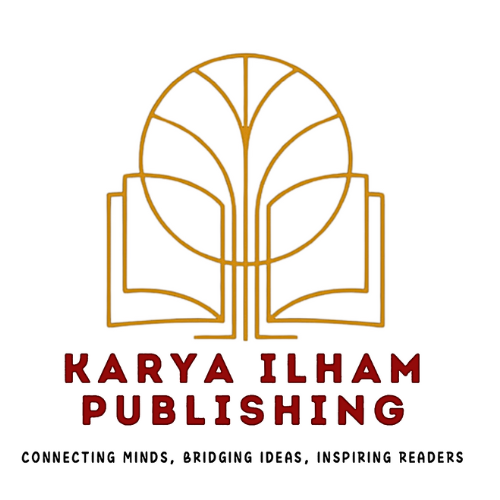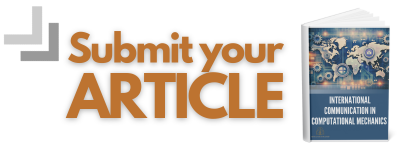Investigation of Mass Transfer in Generalized Power Law Blood Flow through Multiple Stenosed Artery
DOI:
https://doi.org/10.37934/iccm.1.1.5274Keywords:
Mass transfer, multiple stenosis, generalized power law, COMSOL multiphysicsAbstract
Multiple stenosis refers to the deposition of plaque in an arterial lumen resulting from the development of atherosclerosis. In the presence of stenosis, the arterial wall narrows, thereby limiting blood flow and nutrient delivery to other organs and tissues. This study investigates mass transfer in a generalised power-law blood flow through an artery with multiple stenoses. COMSOL Multiphysics is used to simulate and analyse the mass transfer and blood flow through the stenosed artery. The results demonstrate that the severity of stenosis alters blood flow and mass concentration in the blood. The diffusion rate decreases at the stenotic region as the severity increases. The study demonstrates a twice increase in velocity and mass accumulation at the stenotic region. Findings show that the distance between multiple stenoses significantly impacts the formation of the recirculation zone. The mass concentration rises, and the diffusion flux reduces significantly. These insights provide guidance for optimising drug delivery through stenosed arteries, making it possible to develop advanced treatments for diseases associated with stenosis.











